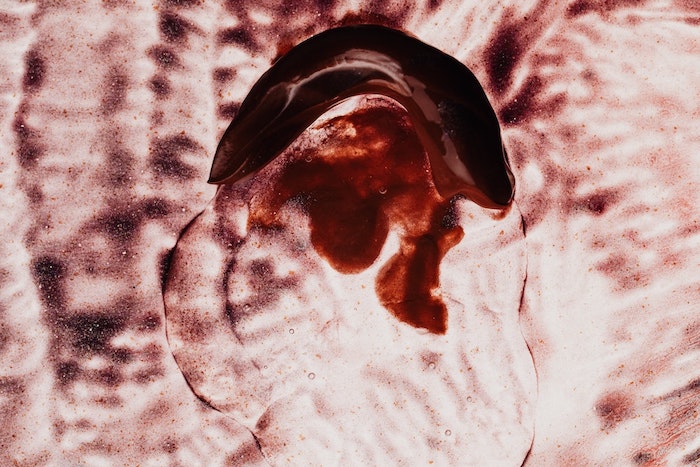On average, a person with a uterus woman will have 500 periods throughout her lifetime. Which is slightly mind boggling and exhausting to think about. Periods take a toll on a lot of aspects of our lives, our emotions, mental health, body, skin, and of course, expenses. But there’s also the worry that the very products we use are just bad for us, they’re bad for the planet as well. Here’s our guide to sustainable period products.
Periods and pennies
Periods are expensive. Stupidly so, I think we can all agree. It’s the sort f maths I can’t really do but it’s a lot. And anyone who has ever bought a box of tampons or pads can agree with that. On top of that, tampons and pads are incredibly unsustainable. Plastic waste being the largest side effect on our environment.
So, with the contribution to land waste and the drain on all our hard-earned money, it’s completely understandable that we’re looking for greener, more human-friendly solutions.
How can I make my period more sustainable?
The answer to the above question is, without doubt, sustainable period products. They’re better for you, they’re better for the world, and, in all honesty, they’re just better. Here are some of our faves:
The Cup
Dominating the market at the moment is the menstrual cup. These little babies have actually been around since the 1930s, made of silicone or latex plastic, and can last you up to 10 years. It can take a little while to get used to using, but once you have, it’s as unobtrusive as a tampon and, depending on your flow, can be left in up to 12 hours. Take it out, give it a wash, put it back in and that’s that!
Also, make sure to give it a thorough clean with boiling water at the end of each cycle. Cups come in various colors, shapes, and sizes so there’s something for everyone.
Organic Tampons
If the cup doesn’t suit you, but you still want the security of a pad or tampon, there are brands that use organic cotton, unbleached, and completely natural. The lack of bleach also means that organic tampons are less likely to release chemicals that disturb your hormones. Eco-friendly and sustainable, but they are most costly than your usual brand, so you won’t save money, but you will feel a little greener.
Hanging out near the organic cotton, you may also see, er, sea sponges. Sponge tampons. These are made from renewable ocean-based resources, and should last you several months. They’re absorbent by nature and easy and comfortable to use, but require careful cleaning and can be tricky to remove. If you want to go as au naturel as you can, do some research and find a safe and reliable source for your sponge.
Cloth
If you’re not a big fan of inserted products and far prefer pads, there’s good news. There are lots of different options floating around the market. First of all, with the organic cotton coming into tampons, you can also find pads made from more eco-friendly fibers.
Otherwise, look into the world of reusable cloth pads, or period pants. Pants you can bleed right into without worry. Sounds good, no? Different brands use different materials; bamboo, cotton, and merino wool being the most popular. You can keep them on all day and pop them in the wash, easy breezy.
Sustainable period products: Easy peasy!
There is a whole host of options out there you can try to save yourself some extra pennies each month (chocolate money? Thank you) and reduce your impact of the environment at the same time. Take your period into your own hand (literally, with some of the options out there) and take some of that monthly strain off of your shoulders.
P.S. Period poverty is very real and very much a burden on girls and women across the world. There are loads of charities you can support and help to give girls access to the products they need to keep them in school, at work, or simply to keep them going month to month. In the immortal words of Lorelai Gilmore: ‘solidarity sister.’
Have you got another eco-friendly period product that we haven’t mentioned? let us know in the comments!





